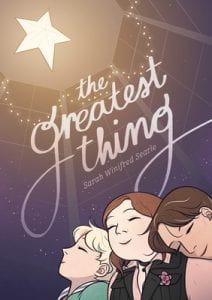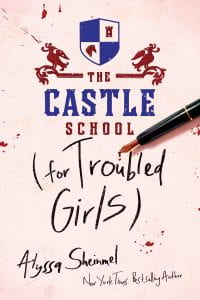 Stone, Nic. Chaos Theory. Crown Books for Young Readers, 2023. 978-0-593-30770-0. 288 p. $18.99. Grades 9-12.
Stone, Nic. Chaos Theory. Crown Books for Young Readers, 2023. 978-0-593-30770-0. 288 p. $18.99. Grades 9-12.
Not all illnesses are visible, but that doesn’t make them any less difficult to manage. Stone begins with a letter to readers about her own struggles with mental illness and a content warning (self-harm and suicide). Shelbi mostly keeps to herself to protect her fragile psyche and the safety she’s managed to build. Andy lives in the shadow of his younger sister’s unexpected death and the way his family has fallen apart since. While his mom loses herself in a political campaign, Andy drowns his grief and guilt in a bottle. A drunken text with a mixed up number leads Shelbi and Andy to a text exchange in which he promises not to drive home drunk then proceeds to do just that. When Shelbi passes a car accident on her way home, she thinks she sees Andy. Upon later inspection Shelbi, who has a scientific interest in car crashes, finds Andy’s wallet at the scene. Told in alternating chapters a tentative friendship begins, with a contract to help both teens understand the rules, one of which is “Do not, under any circumstances, fall in love with Shelbi.” Due to past trauma, Shelbi is cautious, and with his drinking out of control Andy isn’t really able to commit to a true friendship where one has to think of others. But there are beautiful moments where the two are drawn together and tragic moments where they aren’t there for the other in times of need.
THOUGHTS: Sure to be popular among fans of Stone’s writing, Chaos Theory is an emotional, character driven novel that will have readers rooting for Shelbi and Andy to find what they need. Highly recommended for high school collections.
Realistic Fiction


